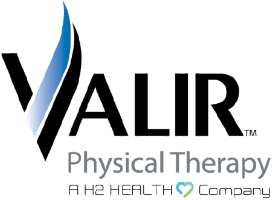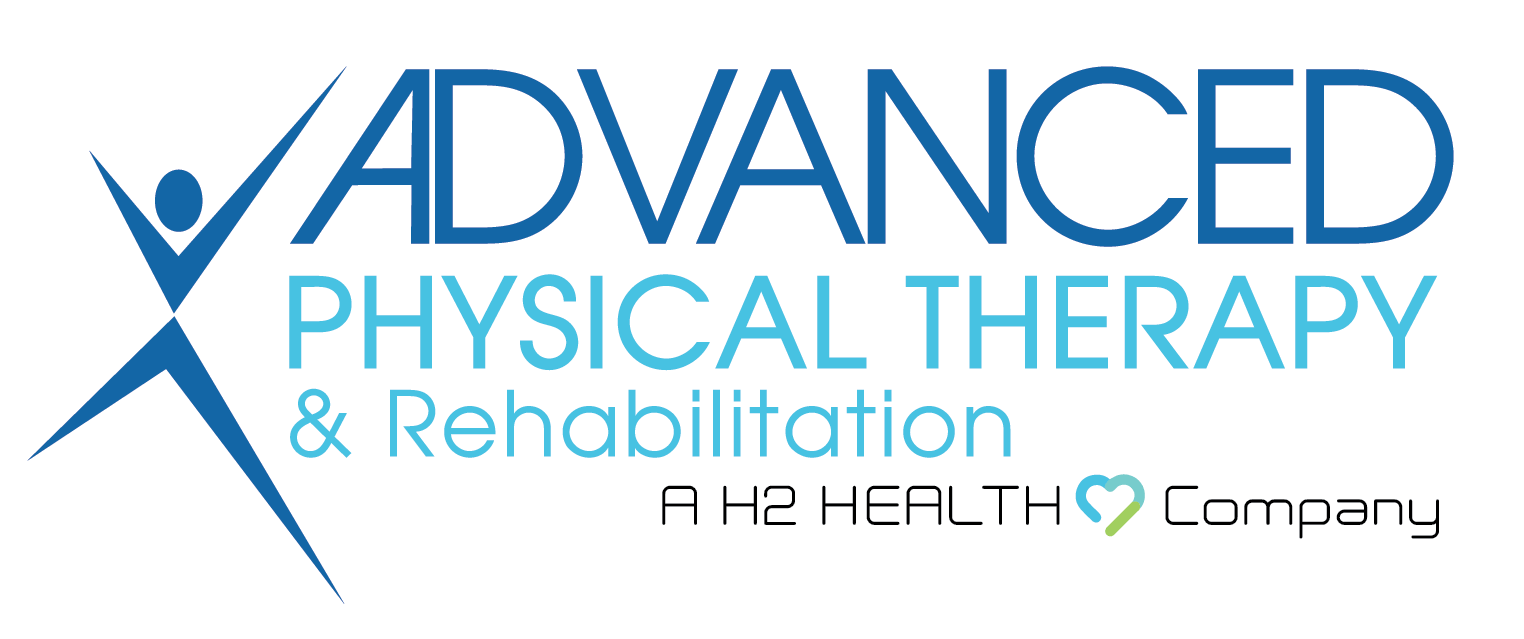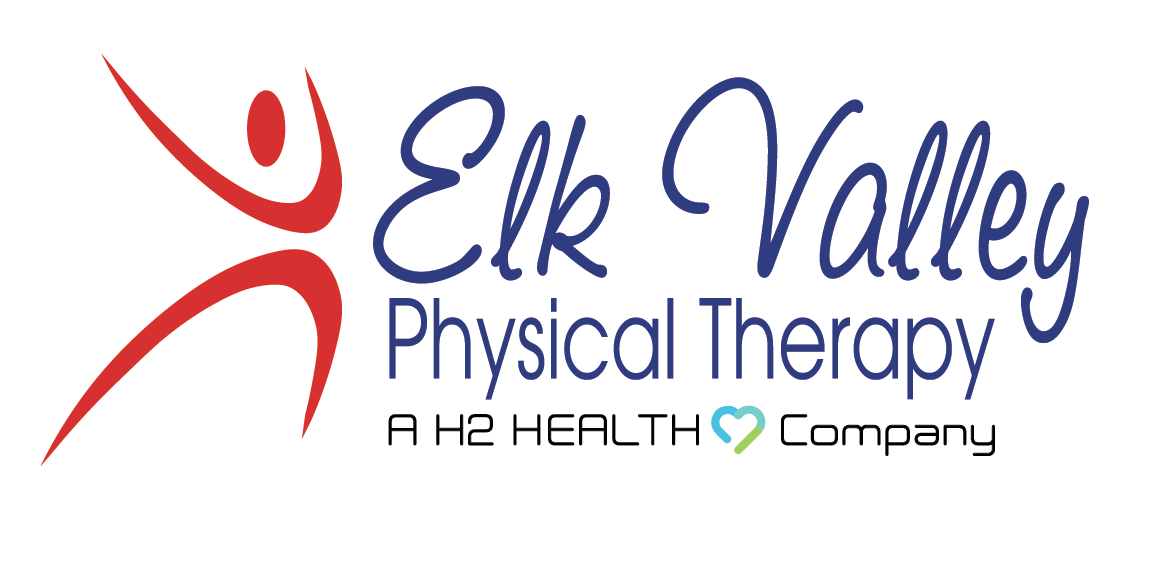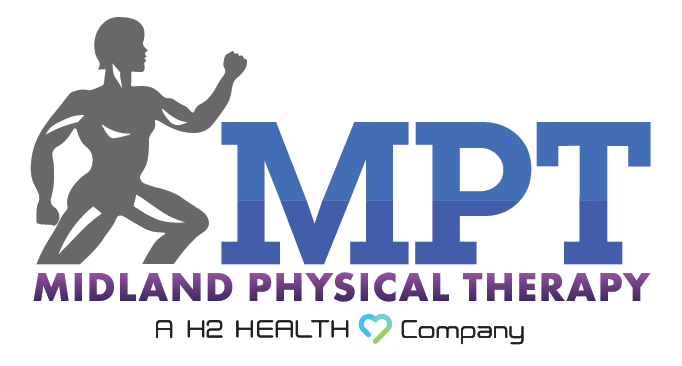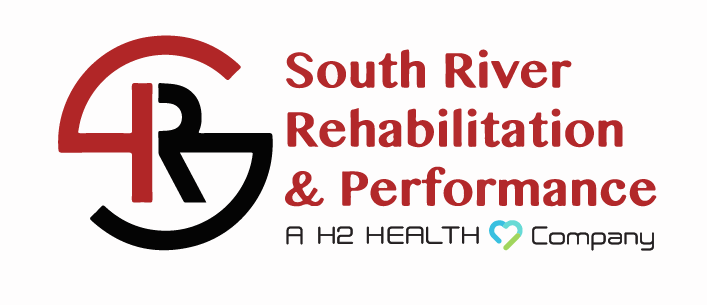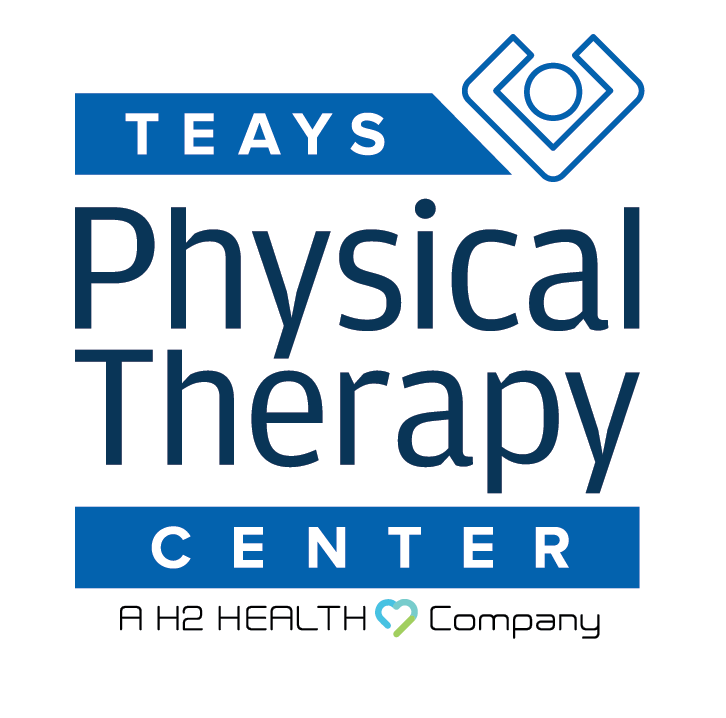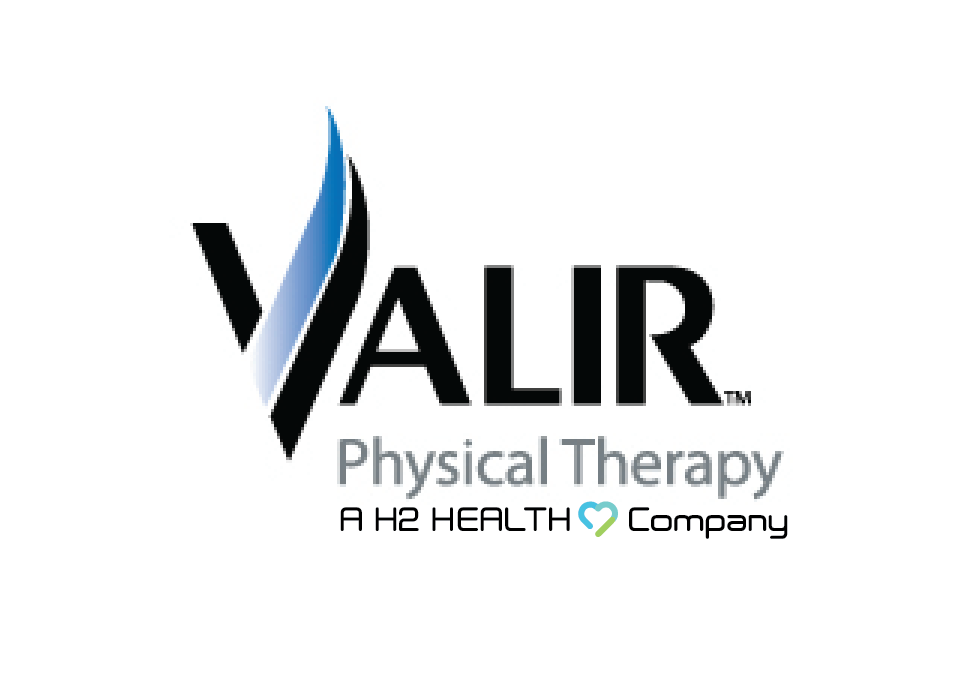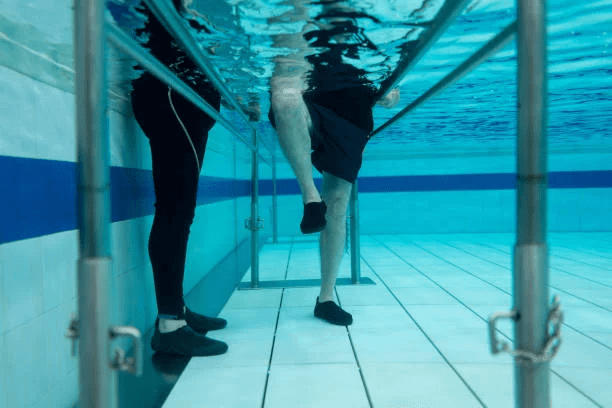
You’ve likely heard that swimming is the best form of exercise because the water provides resistance to build muscle, as well as buoyancy to keep exercise easy on the joints. For these reasons, swimming as a form of therapy, known as aquatic therapy, is extremely beneficial after an injury. In this blog, we discuss further what aquatic therapy is, what conditions it can treat, and why you should consider it.
What Is Aquatic Therapy and What Are The Benefits?
Aquatic therapy is a physical rehabilitation method that uses water as a resistance medium to help patients improve their mobility, build strength, and gain other benefits. The most common way to practice aquatic therapies is through swimming pools and hot tubs. The main benefits of aquatic therapy are that the water provides resistance to help build muscle and the hydrostatic pressure of the water can help reduce swelling and pain. In addition, the buoyancy of the water takes the stress off of joints and muscles, making it an ideal environment for rehabilitation. Aquatic therapy is highly recommended for those who cannot bear full weight on their joints after surgery, due to general muscle weakness, and those who are prone to falls.
What Conditions Can Be Treated With Aquatic Therapy?
Aquatic therapy is an effective treatment for a variety of conditions, including:
- Arthritis
- Back pain
- Fibromyalgia
- Multiple sclerosis
- Neurological disorders
- Soft tissue and bone injuries
- Post-surgery recovery (after wounds have healed)
Preventive Care
Aquatic therapy can also be used as a form of preventive care to help people maintain their mobility and prevent future injuries. Aquatic therapy helps improve core strength and balance, body awareness, and ease of joint movement, all of which can prevent slips and falls. If you are dealing with an injury or chronic pain, consider aquatic therapy as a way to help you move better and recuperate faster.
Faster Recuperation
In addition to the resistance and buoyancy of water as benefits of aquatic therapy, the water pressure helps improve blood flow. This is especially important for people recovering from an injury, as increased blood flow helps the injury get the oxygen and nutrients it needs to recover well.
The Best Way To Get Started With Aquatic Therapy
There are a few things you should keep in mind before starting aquatic therapy. First, it is important to consult with your doctor to make sure that aquatic therapy is right for you. If you have any open wounds, you will need to make sure that they are completely healed before getting in the water. In addition, it is important to listen to your body and take breaks as needed. Many physical therapists perform aquatic physical therapy sessions and advise you on exercises, keeping note of how well you move or how tired you get, and working to improve your mobility.
At H2 Health, we are proud to offer aquatic physical therapy classes that may be taken in addition to normal physical therapy treatment or as a replacement for other treatments. We believe the benefits of aquatic therapy help patients move better and recuperate faster, so we happily offer multiple classes a week. To find out more about our aquatic therapy classes, call us at (800) 699-9395 or request an appointment here with a physician or physical therapist to see if aquatic therapy is right for you.



